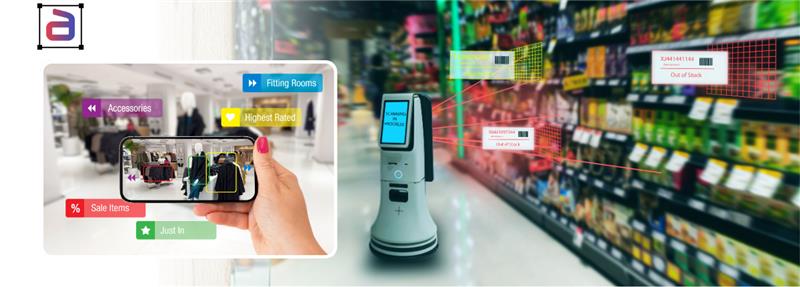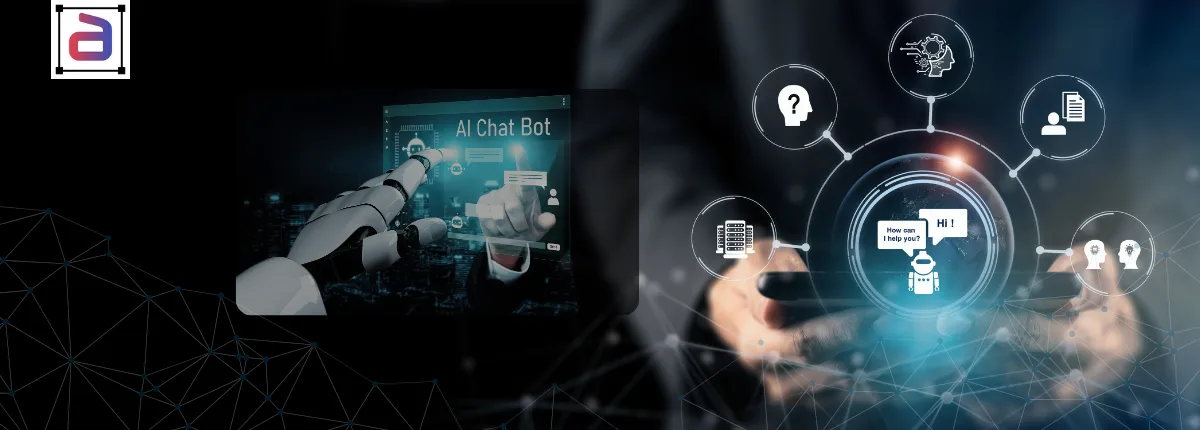Artificial intelligence has become the engine powering industries from healthcare to finance, autonomous vehicles to retail. But while algorithms often capture the spotlight, the unsung hero of precise annotation and AI accuracy is data annotation. Models cannot learn, predict, or perform without high-quality training data. At the center of that training process is precise annotation, the act of labeling data so AI systems know what they are looking at.
Imagine training a medical diagnostic AI on CT scans where tumors are mislabeled. The result would be a system incapable of detecting life-threatening conditions with confidence. Or consider autonomous vehicles misidentifying pedestrians as static objects—an error that could cause accidents. Precise annotation ensures that models are trained on truth, not noise, directly influencing their ability to perform safely and reliably.
According to IBM, 80% of AI project time is spent preparing and annotating data. This shows that precision in annotation isn’t an optional detail—it’s the foundation upon which all AI accuracy is built.
Why Annotation Quality Matters
The old adage “garbage in, garbage out” perfectly applies to AI. If a dataset is poorly annotated, the resulting model will mirror those flaws. Precise annotation directly impacts AI accuracy by ensuring that models learn from clean, consistent, and context-rich data. High-quality annotations minimize errors and improve prediction reliability. Moreover, maintaining annotation standards across datasets enables AI systems to perform effectively in real-world applications, driving trust, scalability, and smarter decision-making across industries. Conversely, well-annotated datasets become the gold standard that drives model accuracy.
- Training with Integrity: Models learn from patterns in annotated datasets. Precise labels allow algorithms to map input to output correctly.
- Reducing Model Drift: Inconsistent annotations create confusion, causing models to drift away from intended outcomes. Gold-standard annotation anchors models in truth.
- Bias In, Bias Out: If annotations lack diversity or precision, the model inherits and amplifies those biases, making it unreliable in real-world contexts.
- Benchmarking Performance: Gold-standard annotated data sets the bar for evaluating both annotator performance and model accuracy.
Ultimately, annotation quality determines whether an AI system is robust, fair, and trustworthy—or fragile, biased, and prone to failure.
The Link Between Precise Annotation and AI Accuracy
The link between precise annotation and AI accuracy lies in the quality of labeled data used for training. Detailed and consistent annotations help models interpret information more effectively, reducing bias and error. Moreover, precision ensures that AI systems make context-aware decisions, ultimately enhancing performance and reliability across real-world applications. Precise annotation improves AI accuracy in measurable ways:
- Error Reduction: When annotations are accurate, models are less likely to generate false positives (flagging something that isn’t there) or false negatives (missing what is there). This is critical in industries like healthcare or security, where errors have real consequences.
- Generalization: Consistent, precise annotation allows models to apply learning to new, unseen data. For example, an autonomous vehicle trained on accurately annotated road data will adapt better to new traffic environments.
- Bias Mitigation: Well-annotated, inclusive datasets help AI models represent diverse populations, reducing unfair or discriminatory outcomes.
- Reliability and Trust: Stakeholders are more likely to adopt AI systems when accuracy and consistency can be demonstrated—something only possible through precise annotation.
“Annotation quality is the single most important factor in determining whether an AI model is accurate and trustworthy.” — Machine Learning Scientist
Key Techniques for Precise Annotation
Achieving precise annotation requires a blend of advanced techniques and human expertise. Using clear labeling guidelines, multi-level reviews, and domain-specific taxonomies ensures data accuracy and consistency. Moreover, incorporating automation and AI-assisted tools streamlines workflows, reducing human error while enhancing the overall quality and reliability of annotated datasets for AI training. Achieving precision is not automatic—it requires structured workflows, clear processes, and multiple safeguards:
- Annotation Guidelines: Creating detailed, unambiguous instructions ensures annotators understand exactly how to label complex data. For example, in healthcare, specifying whether a tumor boundary should include surrounding tissue.
- Consensus & Multi-Reviewer Models: Multiple annotators label the same data, and discrepancies are resolved by senior experts. This prevents individual bias from skewing results.
- Gold Standard Datasets: These are carefully curated, expert-annotated datasets that serve as benchmarks. Annotators and models are regularly compared against them to measure accuracy.
- Human-in-the-Loop QA: Human experts validate AI-assisted annotations, especially for ambiguous cases. HITL workflows provide the last layer of accuracy before deployment.
- AI-Assisted Annotation: Pre-labeling by AI speeds up the process but must always be refined by human oversight. Automation accelerates, but humans guarantee precision.
Industry Examples
- Healthcare
Precise annotation of scans like X-rays, MRIs, and CTs allows diagnostic AI to catch abnormalities with high sensitivity. One oncology AI model trained on rigorously annotated datasets reached 95% accuracy in early tumor detection, significantly outperforming models trained on loosely annotated data. - Autonomous Vehicles
Bounding boxes, semantic segmentation, and LiDAR annotation help vehicles identify pedestrians, cyclists, and road hazards. Annotators ensure precise annotation to reduce misclassification—for instance, recognizing a stroller as a pedestrian hazard rather than a static object. - Retail & NLP
Sentiment analysis and chatbots rely on correctly annotated text data. Mislabeling sarcasm as positive sentiment leads to frustrating customer interactions. Precision in annotating tone, intent, and context leads to chatbots that understand nuance and deliver better customer experience. - Finance
Fraud detection depends on annotation of transactional data and documents. With precise annotation of suspicious patterns, banks can train AI systems to reduce false alarms while catching more fraudulent cases, improving compliance and saving millions in losses.
Challenges in Achieving Precise Annotation and AI Accuracy
Achieving precise annotation and AI accuracy poses challenges such as data ambiguity, subjective labeling, and large-scale consistency. While automation can accelerate annotation, maintaining contextual understanding still requires human expertise. Moreover, ensuring quality across diverse datasets demands rigorous validation, continuous training, and adaptive workflows to achieve reliable, high-performing AI models. Despite its importance, achieving annotation precision is challenging:
- Subjectivity: Annotators may interpret language and images differently, creating inconsistencies.
- Scale: Large-scale projects require millions of annotations, making consistency difficult without rigorous processes.
- Edge Cases: Rare or unusual inputs—like an uncommon medical condition or a rare road scenario—demand expert knowledge for accurate labeling.
- Speed vs. Accuracy: Businesses want quick results, but rushing annotation can sacrifice quality. Balancing these two is critical.
“The challenge is not just labeling data fast—it’s labeling it right.” — Data Quality Manager
The Role of BPO in Delivering Precise Annotation and AI Accuracy
BPOs play a vital role in delivering precise annotation and ensuring AI accuracy through skilled workforce management and quality control. By combining domain-trained annotators with standardized workflows, they maintain consistency across large datasets. Moreover, this collaboration accelerates AI development while upholding data precision, scalability, and real-world reliability. Many organizations lack the capacity to deliver precision at scale. This is where specialized BPO partners step in:
- Scalability: Distributed teams manage millions of data points efficiently.
- Expertise: Annotators trained in domain-specific areas (healthcare, finance, retail, robotics) ensure context-specific accuracy.
- Quality Assurance: Multi-layer review systems, including consensus checks and gold-standard benchmarks, guarantee reliability.
- Compliance: Secure, regulation-compliant workflows safeguard sensitive data across industries.
- Time-to-Value: Outsourcing accelerates annotation timelines, allowing faster model deployment without sacrificing quality.
According to Deloitte, outsourcing annotation can reduce project timelines by 30–40%, enabling businesses to achieve precision at scale while focusing internal resources on innovation.
Annotera’s Expertise
At Annotera, we focus on delivering precision-driven annotation services that directly improve AI accuracy:
- Domain-Specific Expertise: Annotators with experience in healthcare, finance, retail, autonomous systems, and more.
- Bias-Aware Workflows: Inclusive annotation practices reduce systemic bias in datasets.
- Human-in-the-Loop QA: Multi-level validation ensures the highest level of precision.
- Scalable Solutions: Teams that can manage projects from pilot phases to enterprise-wide rollouts.
Case Example: Annotera worked with an autonomous vehicle company to annotate LiDAR, radar, and video data. Through rigorous QA and bias-aware workflows, object detection accuracy improved by 27%, significantly reducing safety-critical errors.
Executive Takeaway
Precise annotation is not a nice-to-have—it’s the backbone of AI performance. Accuracy, fairness, and reliability all flow from the quality of labeled data. Companies that prioritize annotation precision don’t just train better models—they build AI systems that stakeholders can trust and adopt confidently.
“In AI, precision is power. The quality of annotation defines the accuracy of intelligence.” — AI Strategist
Connect with Annotera
In a world where AI decisions influence healthcare diagnoses, financial fraud detection, road safety, and customer experience, accuracy cannot be optional. Precise annotation is what makes AI reliable, ethical, and impactful.
Ready to unlock higher accuracy for your AI models? Partner with Annotera today to build precise, high-quality datasets that drive measurable improvements in AI performance and trust.


